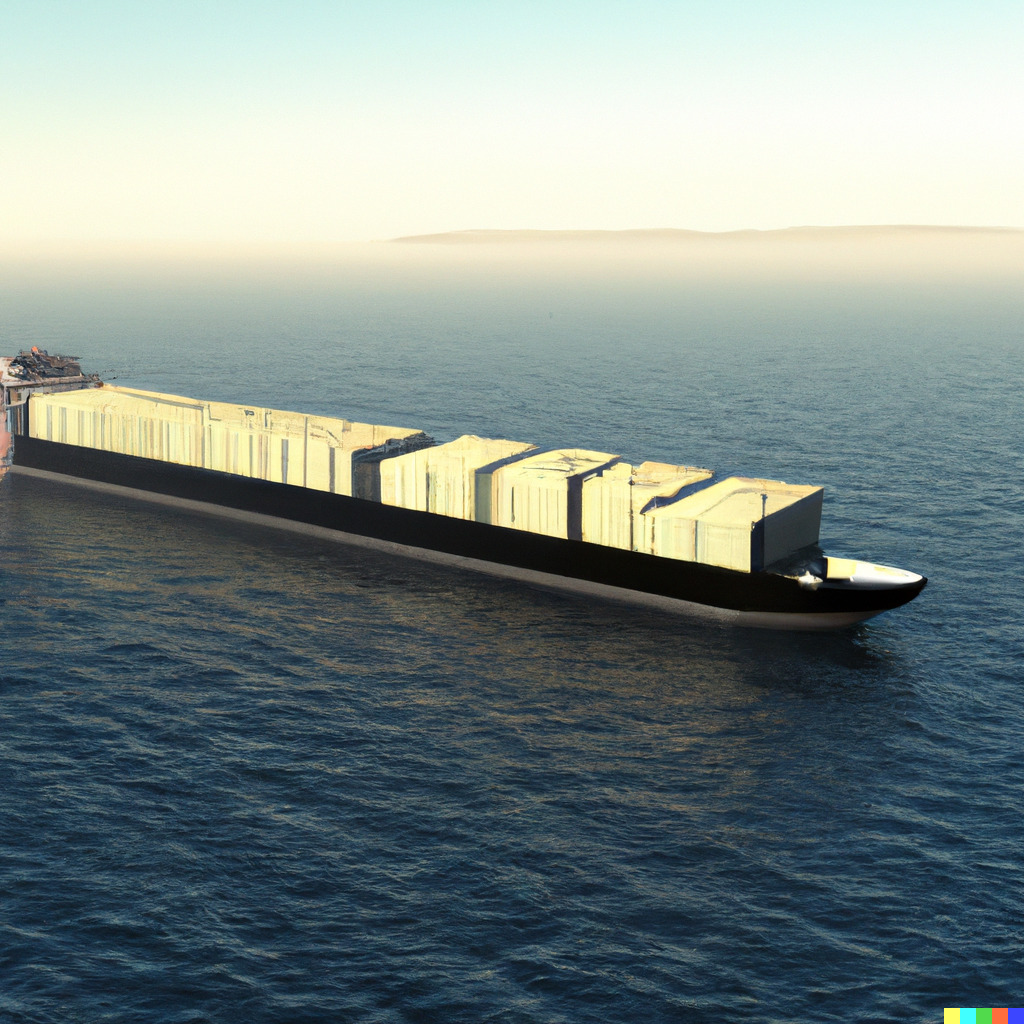Explore how cutting-edge technologies are revolutionizing supply chain and logistics in our latest article. From Artificial Intelligence and Machine Learning enhancing efficiency, to Blockchain technology improving transparency and security, we delve into how innovations like IoT, robotics, and Big Data Analytics are transforming operations. Discover how Cloud Computing offers scalability and flexibility, and how embracing these advancements can give businesses a competitive edge in today’s dynamic market.
In today's rapidly evolving global market, businesses are increasingly turning to technology to revolutionize their supply chain and logistics operations. The integration of advanced technologies not only enhances efficiency but also drives innovation, reduces costs, and improves customer satisfaction. In this article, we'll delve into some of the most impactful technological advancements in supply chain and logistics and explore how they are reshaping the industry.
1. The Rise of Artificial Intelligence and Machine Learning
Artificial Intelligence (AI) and Machine Learning (ML) are at the forefront of transforming supply chain management. These technologies provide powerful tools for optimizing various aspects of the supply chain, from inventory management to predictive maintenance.
Key Applications:
- Demand Forecasting: AI algorithms analyze historical sales data, market trends, and external factors to predict future demand with high accuracy. This helps businesses adjust their inventory levels proactively.
- Route Optimization: ML algorithms evaluate multiple variables like traffic conditions, weather, and delivery constraints to determine the most efficient delivery routes, reducing fuel costs and improving delivery times.
- Predictive Maintenance: AI-driven systems monitor equipment performance and predict potential failures before they occur, minimizing downtime and maintenance costs.
2. Blockchain Technology for Transparency and Security
Blockchain technology is transforming the supply chain landscape by enhancing transparency and security. It offers a decentralized ledger that records every transaction in a tamper-proof manner, ensuring data integrity and traceability.
Key Benefits:
- Enhanced Transparency: Blockchain enables all parties in the supply chain to access the same data in real-time, reducing discrepancies and improving coordination.
- Fraud Prevention: The immutable nature of blockchain records helps prevent fraud and counterfeiting by providing an unalterable history of each transaction.
- Smart Contracts: These are self-executing contracts with the terms of the agreement directly written into code. They automatically enforce and verify contract conditions, reducing the need for intermediaries.
3. Internet of Things (IoT) for Real-Time Monitoring
The Internet of Things (IoT) involves connecting physical devices to the internet, allowing them to collect and share data. In the supply chain and logistics sector, IoT devices provide real-time insights into various processes.
Key Applications:
- Fleet Management: IoT sensors track vehicle locations, fuel consumption, and driver behavior, providing valuable data to optimize fleet operations and improve safety.
- Warehouse Management: IoT-enabled sensors monitor warehouse conditions, such as temperature and humidity, ensuring optimal storage conditions for sensitive goods.
- Asset Tracking: IoT devices track the movement and condition of goods throughout the supply chain, reducing losses and improving inventory accuracy.
4. Robotics and Automation for Increased Efficiency
Robotics and automation technologies are streamlining warehouse operations and logistics processes. Automated systems handle repetitive tasks with high precision and speed, freeing up human resources for more complex activities.
Key Applications:
- Automated Warehouses: Robots and automated systems manage tasks like sorting, picking, and packing, improving efficiency and reducing labor costs.
- Drones: Drones are used for inventory management and last-mile delivery, offering rapid and cost-effective solutions.
- Self-Driving Vehicles: Autonomous trucks and delivery vehicles promise to reduce transportation costs and improve safety, though widespread adoption is still in progress.
5. Big Data Analytics for Strategic Insights
Big Data Analytics involves analyzing large volumes of data to uncover patterns, trends, and insights. In supply chain and logistics, big data provides actionable intelligence for strategic decision-making.
Key Applications:
- Performance Analysis: Analyzing data from various supply chain touchpoints helps identify inefficiencies and areas for improvement.
- Customer Insights: Big data analytics offers a deep understanding of customer preferences and behavior, enabling personalized service and targeted marketing strategies.
- Risk Management: Data-driven insights help businesses anticipate and mitigate risks, such as supply chain disruptions or market fluctuations.
6. Cloud Computing for Scalability and Flexibility
Cloud computing offers scalable and flexible solutions for managing supply chain and logistics operations. By leveraging cloud-based platforms, businesses can access powerful tools and resources without the need for extensive on-premises infrastructure.
Key Benefits:
- Scalability: Cloud solutions can easily scale up or down based on demand, accommodating business growth and seasonal fluctuations.
- Collaboration: Cloud-based platforms facilitate real-time collaboration among stakeholders, improving communication and coordination across the supply chain.
- Cost Efficiency: By adopting cloud services, businesses can reduce capital expenditure on IT infrastructure and benefit from a pay-as-you-go model.
Conclusion
The integration of advanced technologies in supply chain and logistics is not just a trend but a necessity for businesses aiming to stay competitive in today's dynamic market. From AI and blockchain to IoT and robotics, these innovations are driving significant improvements in efficiency, transparency, and customer satisfaction.
As technology continues to evolve, companies that embrace these advancements will be better positioned to navigate the complexities of the global supply chain and logistics landscape. Staying informed and adaptable will be key to leveraging these technologies effectively and maintaining a competitive edge.
By embracing these technological advancements, businesses can transform their supply chain and logistics operations, paving the way for a more efficient, transparent, and customer-centric
